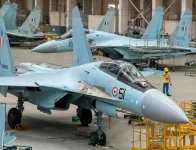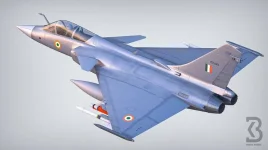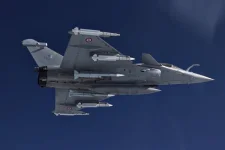- Views: 2K
- Replies: 11

India's missile production capability is robust and expanding, yet a crucial concern persists: Are existing stockpiles sufficient for a large-scale conflict?
While some missiles have a steady stream of orders, others, particularly anti-tank and shoulder-fired variants, could be swiftly depleted during wartime. Traditional manufacturing methods may struggle to keep pace with the need to replenish these stocks, potentially leaving a critical gap in supply.
This is where 3D printing emerges as a potentially transformative solution. Offering a faster and more scalable approach, 3D printing enables the production of specific missile components, particularly rocket motors.
Missiles such as the Very Short Range Air Defence Systems (VSHORADS) and Man Portable Anti-tank Guided Missile (MPATGM) are indispensable for battlefield defence.
These systems employ launch motors, and in the case of VSHORADS, also sustain motors, which are traditionally manufactured from specialized steel alloys using extruders.
India's current output may not be adequate to meet wartime demands. Even at full capacity, production might only yield 2,000 units annually, a quantity that could potentially be exhausted within two months of intense conflict.
To address this challenge, the DRDO and its production partners are exploring 3D printing. This technology allows for the creation of intricate shapes, including rocket motor casings, in a fraction of the time required by conventional methods. 3D printing a motor could take a mere 3-4 days, compared to the 3-4 weeks needed with extruders.
The flexibility of 3D printing also paves the way for developing new and innovative missile designs with complex geometries, potentially resulting in superior performance.
While 3D printing offers immense promise for India's missile production capabilities, further research and development are imperative. Optimizing printing processes for specific materials and ensuring the quality and reliability of printed components are vital steps in fully realizing the potential of this technology.
The successful integration of 3D printing into India's missile production could be a strategic game-changer, ensuring the nation is better prepared to meet the demands of any future conflict.



